In the vast expanse of the digital cosmos, your website is your spacecraft, carrying your brand’s message across the infinite expanse. It’s an oasis of unique content, a beacon, and an invitation to potential visitors on their journey through cyberspace. But, what happens when your website isn’t showing up on Google? It’s akin to your spacecraft’s invisibility cloak being permanently engaged – you’re out there, but no one can see you.
You’ve checked, double-checked, and you’re sure of it: your website is not showing in Google search. Your once lively hub now seems to exist in a desolate vacuum, almost forgotten. You’re left staring at your screen, asking aloud, “Why is my website not showing up on Google?”
It’s a digital predicament that has left many bewildered. But don’t worry, you’re not alone. This conundrum – a website not showing up on Google – has beset many a webmaster. And while it might feel like your digital spacecraft has veered off course into the heart of a black hole, the good news is, there are solutions.
This comprehensive guide will shed light on nine possible reasons why your website might be suffering from Google invisibility. More importantly, we will navigate through the intricate web of solutions, backed by real-life examples, statistics, and even a touch of analogy to break down the complex into the comprehensible. So let’s embark on this rescue mission to retrieve your website from the black hole of Google obscurity.
Is Your Website too New for Google to Recognize?
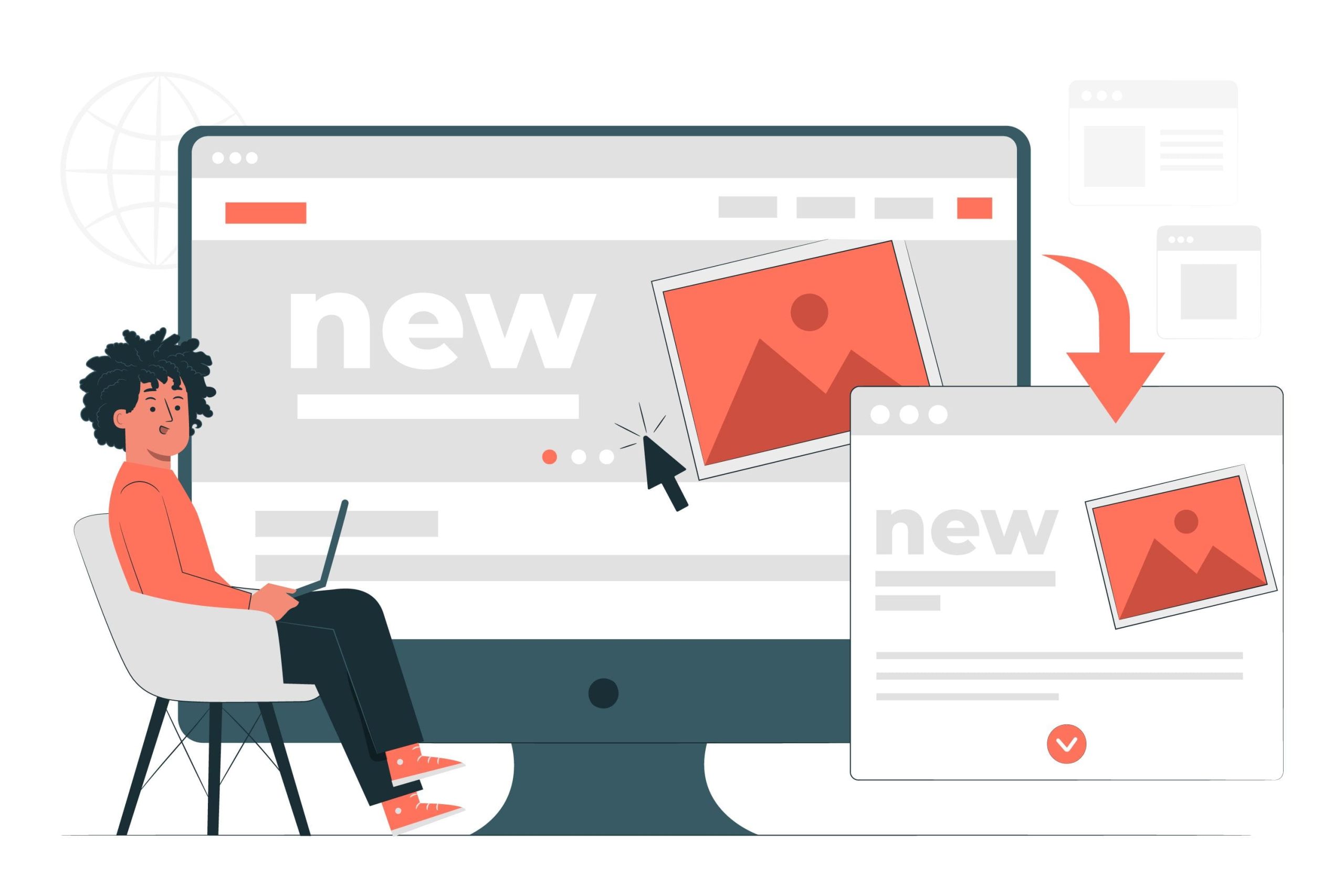
When you enter the vast and ever-changing digital landscape with a brand new website, you’re venturing into the wild frontier of the web. Excitement and anticipation brim over as you expect a steady stream of traffic. Yet, the reality is often less thrilling when your website is not showing in Google search results. Just like a new business in a bustling city, it takes a while to show up on the map and for people to take notice.
One possible reason for Google search not showing your website could be its novelty. The vast cyber entity that is Google is not omniscient, and it takes some time for its complex web crawlers to discover, index, and rank new websites. This period, often referred to as the ‘Google Sandbox,’ can last anywhere from a few days to several months. During this time, your website might languish in obscurity, but fret not, it’s part of the process, not an anomaly.
This period of initial invisibility is like a spacecraft undergoing various checks before its maiden flight. Once all systems are ‘go,’ your digital vessel can start its thrilling journey through the cosmos of Google Search. But until then, it’s a waiting game, a momentary limbo, and patience is your ally. Let’s delve further into why this happens and how you can hasten the indexing process for your website.
The Solution:
Now that we’ve understood the issue, the solution lies in speeding up Google’s recognition process. To do so, you can directly submit your new website’s URL to Google using its Search Console tool. This nudges Google’s bots towards your site and is akin to waving a flag in front of the librarian, saying, “Here’s a new book for you to index.” It’s a simple yet effective way to expedite the indexing process and increase your site’s visibility. But remember, while this may accelerate Google’s recognition, achieving a high rank in search results will require consistent content optimization, a voyage we’ll continue to explore in the following paragraphs.
Are You Accidentally Blocking Search Engine Indexing and Crawling?
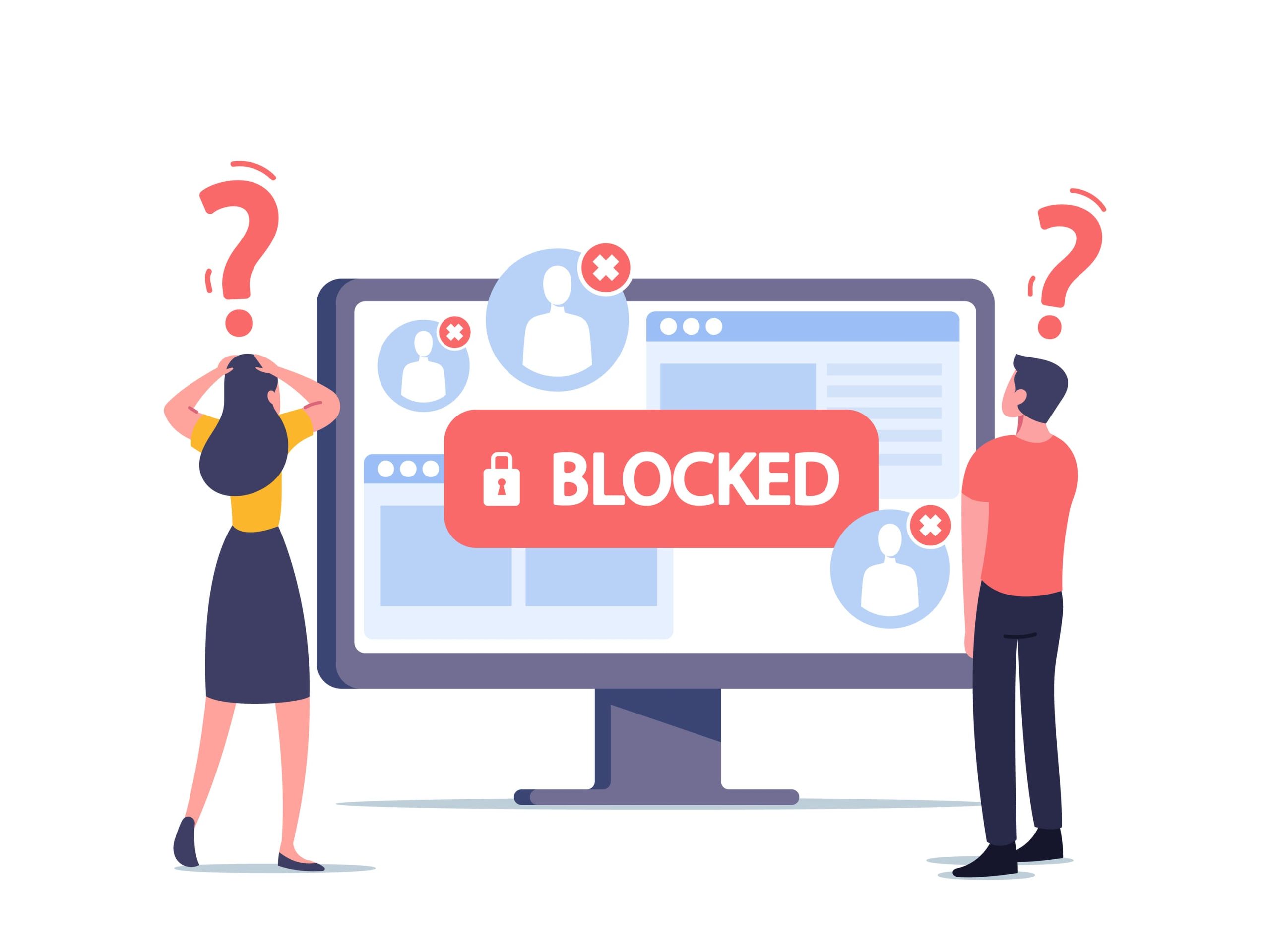
Imagine creating an architectural marvel, a beacon of light in the urban sprawl, but forgetting to include it on the city’s map. People can’t find it, and your stunning creation remains unseen, its potential untapped. Similarly, if your website is not showing in Google search, you might be unknowingly keeping it off Google’s map, its search index. A wrong move in your site’s settings could be inadvertently barricading Google’s crawlers from indexing your website.
Technical issues, like an incorrect robots.txt file or meta tags, can halt search engine bots dead in their tracks, preventing them from crawling and indexing your website. Essentially, these problems are like putting up a ‘No Trespassing’ sign for Google’s web crawlers. If they can’t access your site, they can’t assess and rank it, and thus, Google search will not be showing your website.
So, what can you do if your virtual beacon is inadvertently cloaked from Google’s prying eyes? First, double-check your robots.txt file and meta tags. Ensure that they aren’t set to disallow or noindex, effectively blocking Google’s bots. If technical lingo isn’t your strong suit, consider getting a tech-savvy friend or hiring a professional to help.
Then, use the Google Search Console’s ‘Robots.txt Tester’ and ‘URL Inspection’ tools to identify and resolve any crawl issues. Remember, your website is a lighthouse in the digital sea, and ensuring it’s accessible for Google’s crawlers is akin to turning the guiding light on for the search engine vessels navigating the vast ocean of data.
The Importance of High-Quality Backlinks: Are You Missing Out?
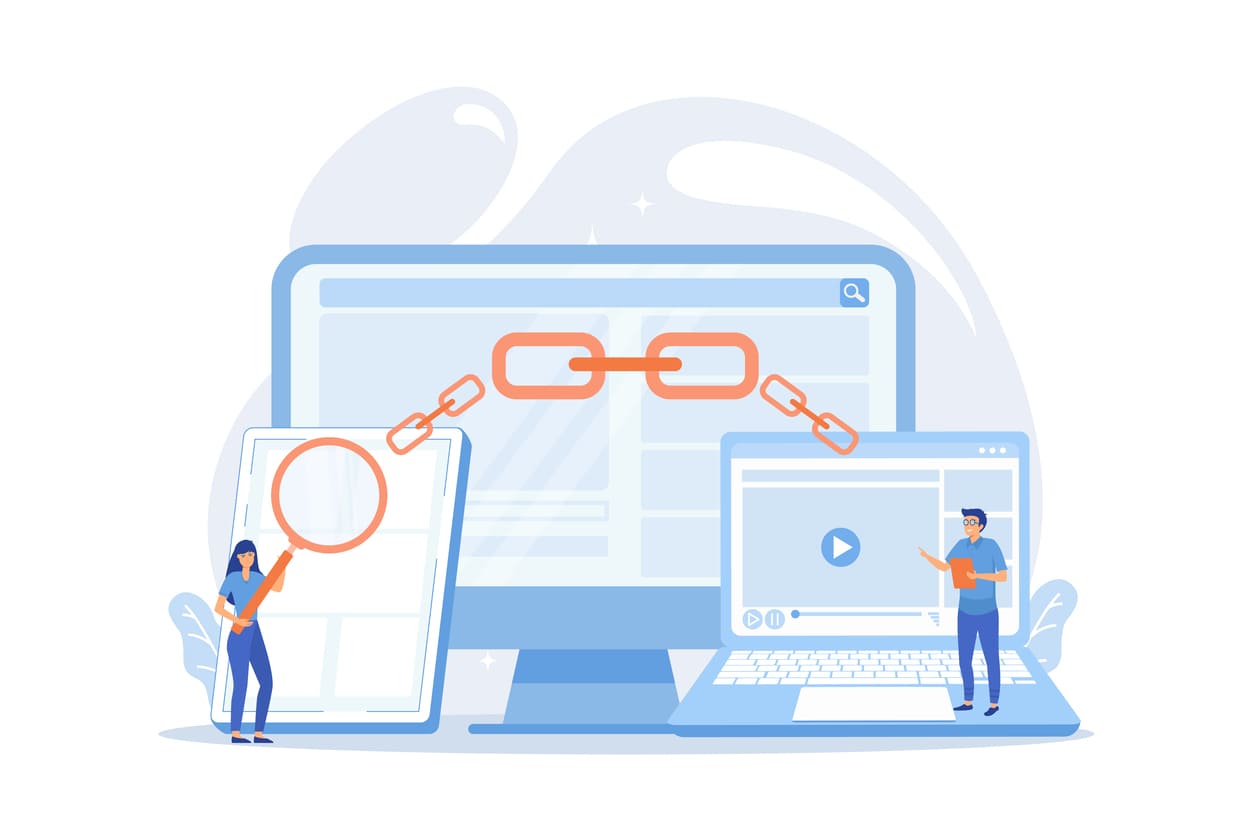
In the digital cosmos, high-quality backlinks are like the star-studded constellations guiding travelers towards your website. They lend credibility, adding to your site’s reputation in the eyes of Google’s ever-vigilant bots. However, if your website is not showing in Google search, it could be an indicator that you’re missing out on the power of high-quality backlinks.
A dearth of high-quality backlinks can send a signal to Google that your website lacks authority or valuable content, pushing it further into the depths of search engine results. It’s like sending a spacecraft into the cosmos without the necessary propulsion – it won’t reach the far-flung corners it’s intended to. Similarly, Google search may not be showing your website if it lacks the required ‘link juice’ to boost its online presence.
But worry not, for every problem there exists a solution. Building a portfolio of high-quality backlinks isn’t an overnight task, but with diligence, it’s well within reach. Start by producing high-quality, shareable content that others in your industry would want to link to. Reach out to industry influencers, reputable blogs, and related businesses for guest posting opportunities. Also, consider using SEO tools to analyze competitors’ backlinks and identify potential linking opportunities.
Moreover, don’t forget the power of internal linking. By creating a robust internal link structure, you make it easier for Google’s bots to crawl your website and understand its content, giving your spacecraft the right trajectory in the digital cosmos. Remember, a sturdy backlink portfolio is like a trusted roadmap guiding Google and users to your website. Without it, you may struggle to make a mark in the vast digital universe.
Addressing the Issue of "Authority" for Your Website's Success

Just like a new artist in a city full of renowned virtuosos, a new website in the sprawling digital metropolis often struggles to make its presence felt. One key reason your website might not be showing in Google search could be a lack of “authority.” In the world of SEO, authority carries weight, and without it, your digital footprint could be akin to a whisper amidst a cacophony of voices.
Google’s algorithm respects authority. It’s a yardstick to measure your site’s credibility and reliability. If your website lacks authority, it’s much like a newly minted coin – pristine and shiny but lacking the value that time and trust impart. As a result, Google search might not be showing your website prominently, or at all.
However, the path to authority is paved with opportunities. Begin by consistently delivering high-quality, original content that provides value to your visitors. Build a trustworthy reputation by accurately referencing information, showcasing user reviews and testimonials, and maintaining an active presence on social platforms.
Boost your authority through credible backlinks, as having reputable sites link to you can be likened to an endorsement in the eyes of Google. As your website’s authority grows, so too will your visibility on Google search. Remember, in the digital world, just as in the physical, authority isn’t granted overnight. It’s earned with consistent quality, authenticity, and patience.
In this journey, treat authority as your website’s reputation. A positive, reliable reputation can guide your website from the margins of obscurity to the spotlight of Google’s search results, from an unknown entity to a trusted source for information and solutions. Keep in mind that like a respected figure in a community, an authoritative website stands out in the crowded digital marketplace.
How to Ensure Your Web Pages Align with Users' Search Intent
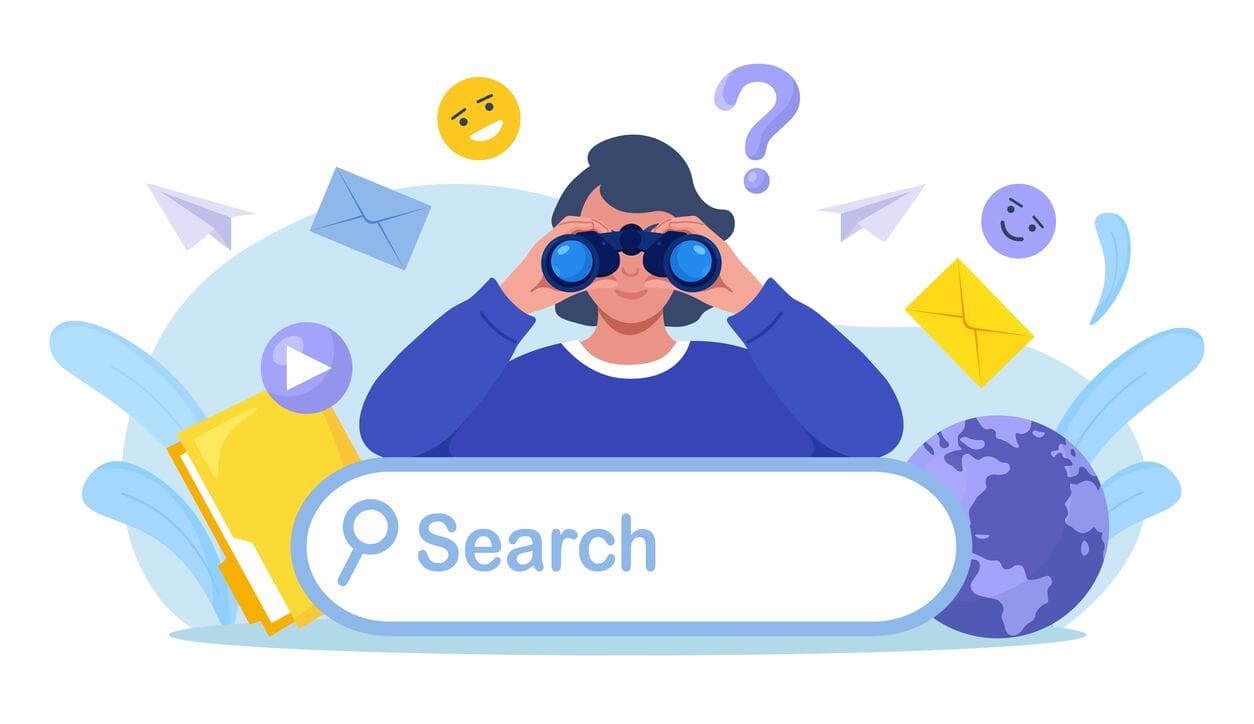
In the grand scheme of the digital universe, your website and its pages are individual spacecraft on their own missions. The success of these missions hinges on aligning your content with users’ search intent. If your website is not showing in Google search, it’s possible that the content on your pages may not be meeting the intent of users’ queries.
Google’s primary aim is to provide users with the most relevant and helpful content for their search queries. It’s like a sophisticated space guide, directing travelers to the best interstellar destinations that meet their expectations. When your website’s content doesn’t match the users’ search intent, Google search may not show your website, as it perceives your content as irrelevant.
Now, to ensure that your pages align with users’ search intent, it’s crucial to understand the different types of intent: informational, navigational, commercial, and transactional. You must then align your content to meet these intents. This process might involve keyword research to understand what users in your field are searching for, as well as competitor analysis to observe how they address user intent.
Make sure that your content provides value and answers to your users. For instance, if you’re an e-commerce site, your product pages should meet transactional intent, providing clear pricing, product details, and an easy purchasing process.
Think of it as ensuring your spacecrafts (web pages) are equipped with the right tools to complete their missions (user queries). By doing so, you make Google’s task easier, and in turn, increase your chances of appearing in its search results. After all, your website’s success in the vast cosmos of Google search depends largely on its ability to fulfill the quests of its visitors.
Detecting and Fixing Duplicate Content Problems for Better Ranking
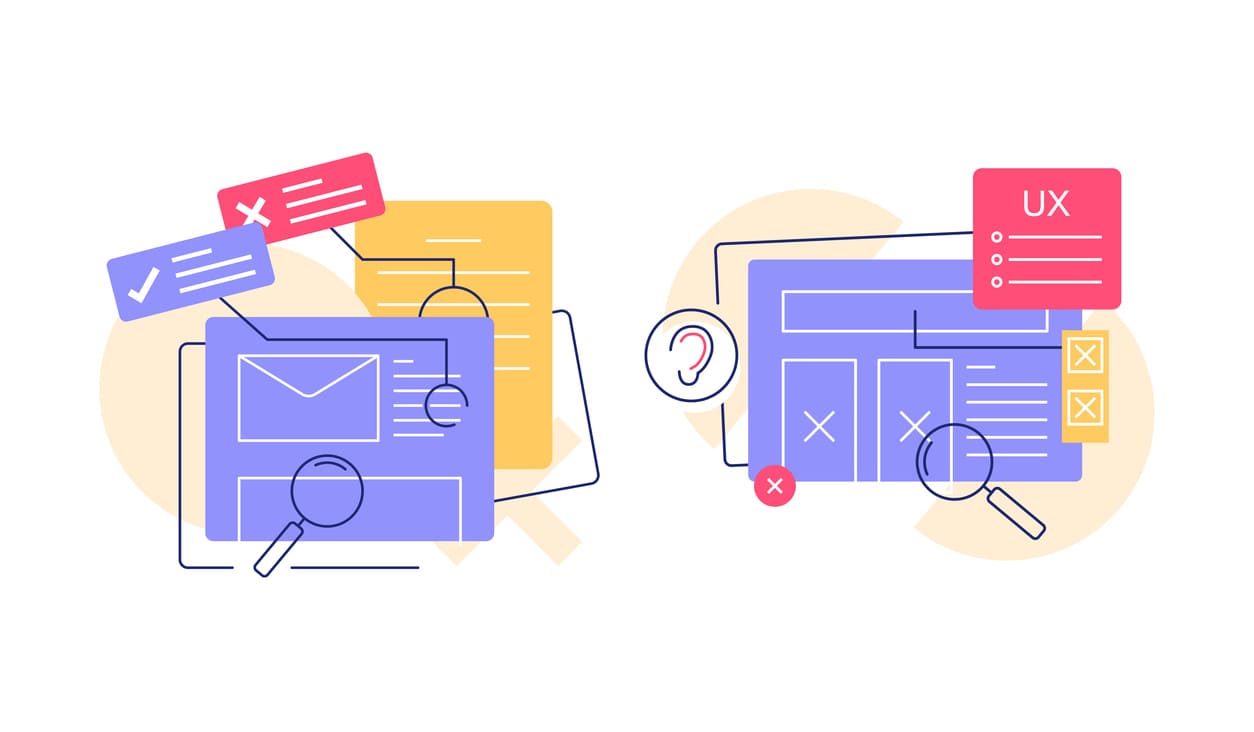
Duplicate content on your website can be likened to a cosmic echo in the vast universe of the web. While it might seem harmless, it can cause serious problems for your site’s visibility in Google search. Duplicate content can confuse Google’s bots, making it difficult for them to determine which version of the content to index and rank. It’s akin to having two identical spaceships on two different missions – even the most advanced systems would struggle to differentiate and assign them their correct paths.
If your website is rife with duplicate content, it’s very possible that this could be the reason it’s not showing up in Google search. Google’s bots may be grappling with the identical content, unsure of which pages to prioritize. This can result in your site losing rank or being omitted from search results altogether.
But fear not, as even this SEO black hole has an escape velocity. The first step towards solving this issue is to identify the duplicate content. There are several tools available online, such as Siteliner and Copyscape, which can help you spot the problematic content.
Once identified, you have a few options. You can either modify the content to make it unique, which is the ideal solution, especially if the duplicate content is across your own webpages. Alternatively, you could implement canonical tags, signaling to Google which version of the content you prefer to be indexed. For identical content across different URLs, consider using 301 redirects to guide users and search engines to the correct page.
Tackling duplicate content is like fine-tuning your spacecraft’s signal to avoid confusing echoes. By doing so, you can help Google’s bots navigate your website effectively, boosting your chances of a prominent appearance in Google search results. Always remember, in the realm of SEO, originality is not just king, it’s the entire kingdom.
Is Your Website Facing a Google Penalty? How to Recover.
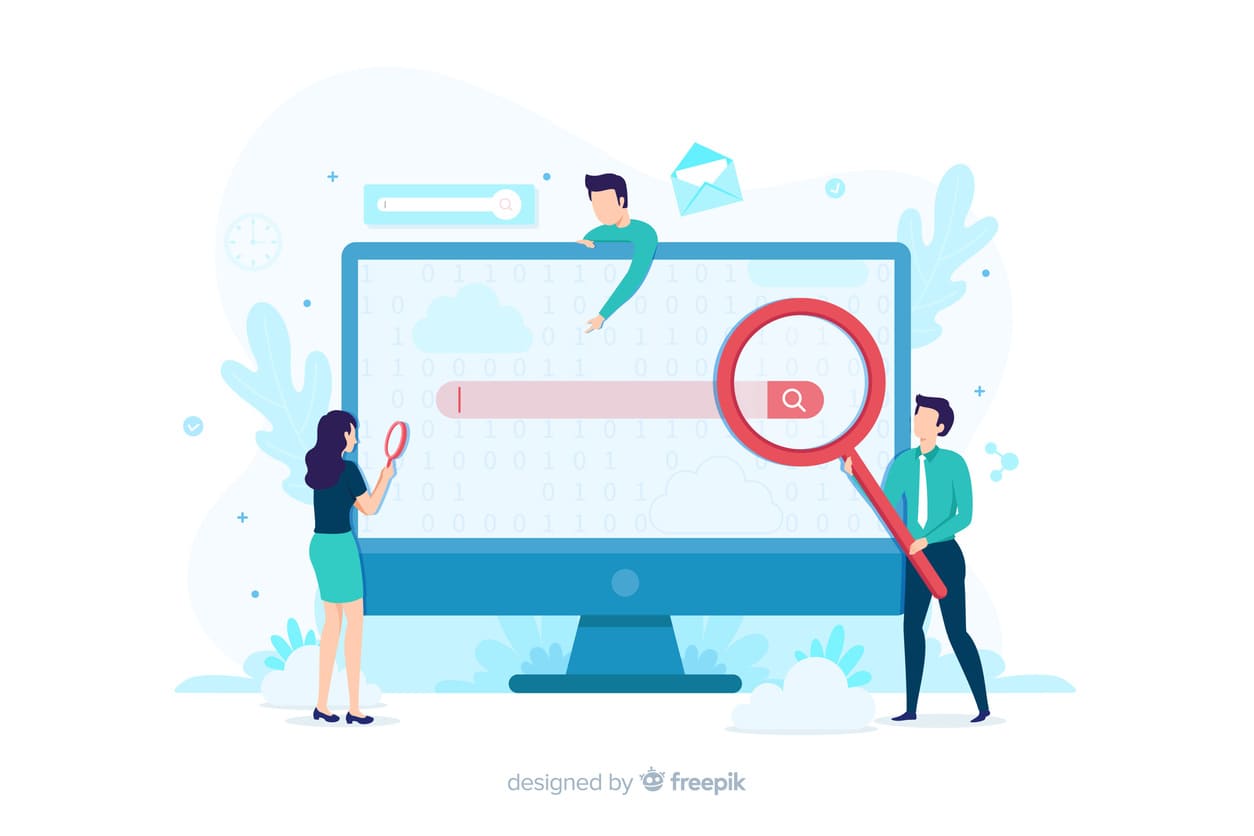
Venturing through the digital cosmos is not without its perils. Just like a spacecraft might face penalties for contravening space laws, your website too could face Google penalties for not adhering to its Webmaster Guidelines. A Google penalty can make your website disappear from search results faster than a speeding comet, causing your traffic to plummet.
A penalty from Google is a serious matter and could be the reason your website is not showing up in Google search. This typically occurs when Google identifies ‘black-hat’ SEO tactics being used on your site, such as keyword stuffing, cloaking, or participating in suspicious link schemes.
Recovering from a Google penalty feels much like recalibrating a spacecraft’s course after being thrown off by a rogue asteroid. It requires time, effort, and patience. First, identify the reason for the penalty. You can do this by checking Google Search Console for manual action notifications. If Google’s algorithm update is the reason behind the drop, use SEO tools like SEMRush or Moz’s Google Algorithm Change history to match up any traffic declines with the dates of known algorithm updates.
Once you’ve figured out the problem, start cleaning up. Remove any ‘black-hat’ SEO tactics, improve your content quality, correct any technical issues, and make your site more user-friendly. If the penalty was manual, you could file a reconsideration request with Google once you’ve fixed the issues.
It’s important to remember that in the vast expanse of the digital universe, Google is the ruling entity, its guidelines the law. Navigating within these laws will ensure your website soars high in search results. It may be a strenuous recovery, but once rectified, your website will be back on its rightful course, cruising the cyber skies.
Overcoming Hurdles: Your Website's Google Visibility Issues Solved!
In the intricate labyrinth of Google’s search engine, visibility is the beacon that draws users to your website. If your website is not showing up in Google search, it could feel like you’re lost in a maze with no exit in sight. But fear not! The walls of this maze are not impenetrable; with the right strategies, you can navigate your way to better visibility.
Visibility issues in Google search could stem from a myriad of issues. It could be due to technical glitches, a lack of SEO strategies, poor content, or a low authority score. In this sprawling digital city, your website might be like a hidden gem – precious but yet to be discovered.
The good news is that overcoming these hurdles is well within your grasp. Ensuring your website is technically sound is your first step. Resolve issues related to crawling and indexing, make your website mobile-friendly, improve your site’s load speed, and ensure your site’s security with HTTPS.
Next, focus on optimizing your website for SEO. This includes keyword research, improving meta tags, optimizing images, and building a strong network of high-quality backlinks. Remember to regularly create and update valuable, original content that aligns with your users’ search intent.
If your website has been penalized by Google, make it a priority to clean up and adhere to Google’s Webmaster Guidelines. With patience and effort, you can regain Google’s trust and improve your visibility.
Just like a pilot finding their way through a storm, overcoming these visibility hurdles can be challenging, but the journey is worth it. After all, increased visibility means more visitors, and more visitors mean more opportunities for your website to succeed. When the dust settles, your website will stand tall and proud in the labyrinth of Google search, no longer hidden but a beacon for all to see.
Final thoughts
This article delved into the various reasons why your website may not be showing up in Google search and provided practical solutions to resolve them.
We started by considering the possibility that your website might be too new to be recognized by Google’s indexing systems and advised patience as Google’s bots crawl and index your website.
Next, we discussed the potential issues of accidentally blocking search engine indexing and crawling. To rectify this, we suggested checking your robots.txt file and meta tags to ensure you’re not inadvertently instructing search engines to overlook your website.
A lack of high-quality backlinks and overall site authority can also affect your site’s visibility. The solution is to consistently deliver valuable content and seek out credible backlinks to boost your site’s reputation and visibility.
Understanding and aligning your content with users’ search intent is essential for better visibility. Make sure your content provides value and answers to your users by understanding and addressing the different types of search intent.
Duplicate content issues can lead to ranking penalties. Detect and fix them by making content unique or using canonical tags and 301 redirects appropriately.
We also discussed Google penalties that may be impacting your website’s visibility. To recover from a penalty, you’ll need to identify the cause, clean up any ‘black-hat’ SEO tactics or technical issues, and possibly file a reconsideration request with Google.
Lastly, if your website lacks authority, you can improve it by producing high-quality, original content regularly, increasing user engagement, and ensuring your website is technically sound.
By addressing these issues, your website can improve its visibility on Google, attracting more users and providing more opportunities for success.

 Amazon Marketing
Amazon Marketing


